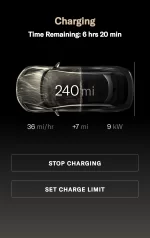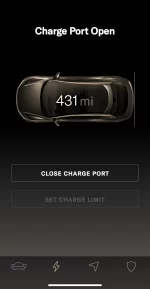Yes, I would imagine that is the reason.
Really looking at the bidirectional capabilities for emergency usage. Right now, energy arbitrage is not allowed in CA, so one cannot do it. You can use the battery to run the peak power, but that is not going to provide a lot of benefit. Yes, the more the energy cycles, the more the battery will degrade. If I could do real energy arbitrage, then I could pay for a new battery with the money I would make, but you are right, it would make more sense to have a battery pack outside of a car to do that.
Ordered a GT this week. Told delivery is 2-4 months, I expect 4-6 months. Was told bi-directional charger available 2Q2022, I expect 3Q2022 or 4Q2022.
We live in Texas and lived through 7-8 days of VERY limited power. I shut off the water for 9 days to avoid the frozen pipes everyone else had. House temps were in the 50s. With rolling power getting gas for car was difficult because the gas pump needs electricity. What a mess. So we developed a plan for the future. We completed the water plan this past fall, even if we have no incoming water we have enough water to get through 7-10 days without a problem.
Our electric plan, where the Air plays a key role, is as follows:
- Currently installing a solar system with a 30kW battery backup; there will be a 100 amp dedicated breaker for the Air. That backup gets us through every night and could last 2 days even with cloudy days.
- The Air battery becomes the long term solution to no power. We do not plan to use the Air anytime we are short of solar (panels plus the 30kW battery power). If we are short on generated power we will buy from the grid, we do not want to use the AIR except in emergent situations. Hopefully the Air will never get used but if needed, it's there. Got to keep the wife happy, and we need power to run medical equipment for short periods each day.
Once solar is installed we will be able to sell excess power to the electric company on sunny days. However, we cannot sell them more than we buy from them. If we do, we get suspended from their program for 1 year. So I will need to monitor that and there may be days where we shut down selling to the grid.
I did over-design the system by about 8-10% so I will need to closely monitor the amount we sell to the grid. But grandchildren are about 200 miles away and a day trip or overnight trip can be done on a full Air charge, so we can burn some extra electrons by seeing them a little more often.
I believe bi-directional charging will relatively common with 5 years.


